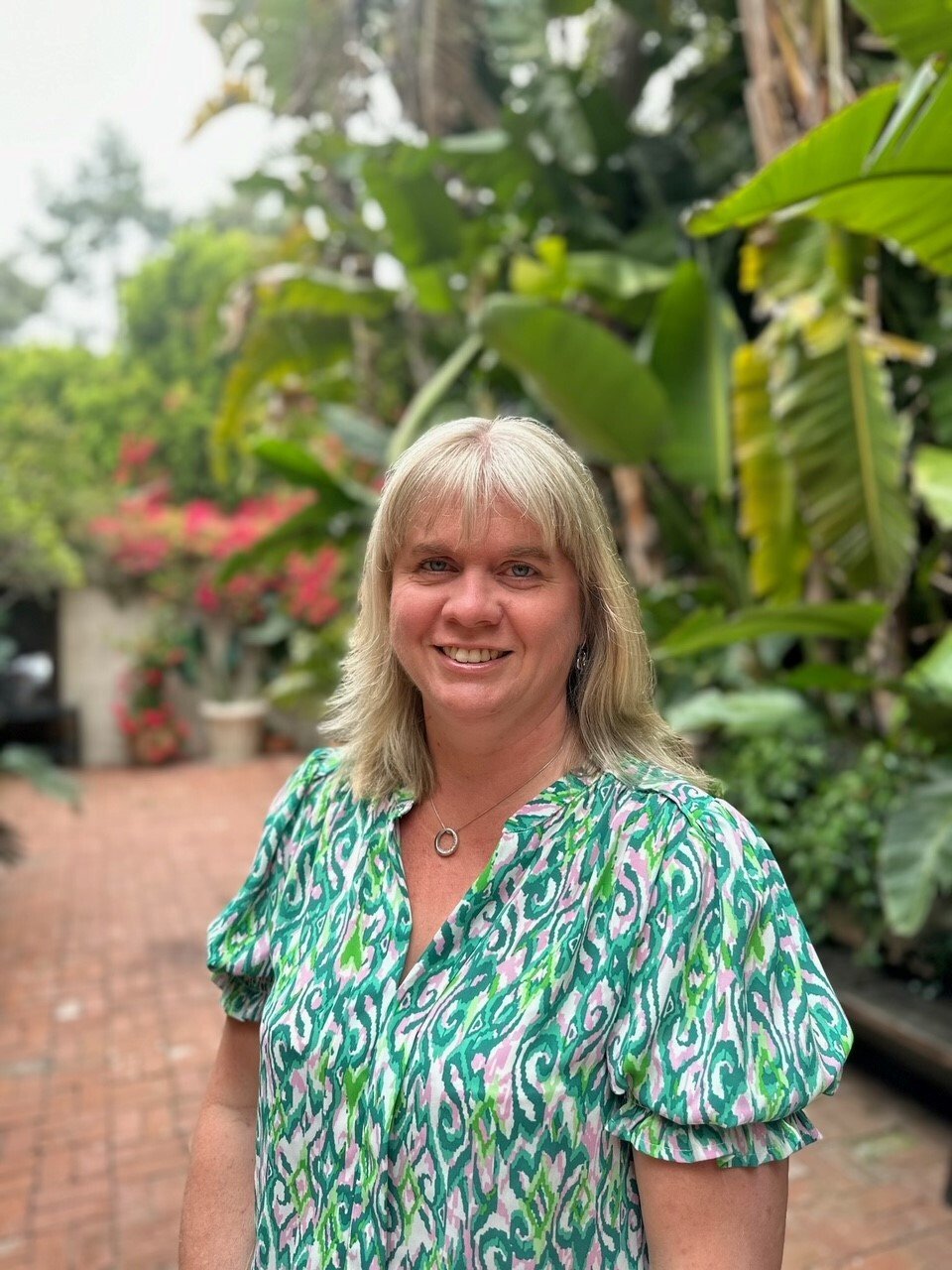- Privacy Policy
- Terms & Conditions
- Contact us
- ©Isabel Healthcare 2025
Could I have SAD? - Seasonal Affective Disorder Symptoms and Diagnosis
 The beginning of this month saw “Blue Monday,” the day coined by PR everywhere as the most miserable day of the year, after a psychologist was actually asked to create a formula to decide “the most depressing day of the year” for a holiday company. This was obviously a PR stunt grown way out of proportion as over 10 years later, we are still talking about the fact there is seemingly only one day in the year where it is okay to feel depressed. From a health perspective, this is both an inaccurate portrayal of the debilitating mental health issues that many deal with daily, and also quite harmful to those struggling with depression.
The beginning of this month saw “Blue Monday,” the day coined by PR everywhere as the most miserable day of the year, after a psychologist was actually asked to create a formula to decide “the most depressing day of the year” for a holiday company. This was obviously a PR stunt grown way out of proportion as over 10 years later, we are still talking about the fact there is seemingly only one day in the year where it is okay to feel depressed. From a health perspective, this is both an inaccurate portrayal of the debilitating mental health issues that many deal with daily, and also quite harmful to those struggling with depression.
Depression and mental health are slowly but surely being taken more seriously as a health issue just like any other, and marketing campaigns like Blue Monday will hopefully start to lose traction soon, but it does highlight more serious health concerns of depression and similar mental health problems. Indeed, to counteract the Blue Monday campaigns, the brilliant mental health charity Mind run a #BlueAnyDay hashtag, to remind people of the serious nature of depression.
Blue Monday may be a ridiculous myth that one particular day can make a whole nation depressed simply because of the time of year, but Seasonal Affective Disorder, or SAD, is a particular type of depression which comes and goes with the seasons and is all too real for many people around the world. In this blogpost we are balancing out the notion of Blue Monday by providing you with the symptoms, causes and treatment options for the serious condition of SAD.
What is Seasonal Affective Disorder (SAD)?
SAD is a type of depression thought to affect a part of the brain called the hypothalamus, although there is still a lot to be learnt about the causes and our understanding of this condition. The hypothalamus homes the pituitary gland which controls the release of hormones around the body, and so the hypothalamus regulates many reactions and feelings, such as hunger, thirst, sleep, our body clock and our mood. The most popular theory we have for the cause of SAD, is that light from the sun stimulates our hypothalamus and helps it to understand our circadian rhythm so we know when to feel, for example, hungry or sleepy. Those people with SAD feel the seasonal affects of shorter days and longer nights, and this, combined with other chemical imbalances in the brain such as serotonin and melatonin, again because of the change of seasons and less sunlight, stop the hypothalamus working efficiently, causing many symptoms including a reduced mood and depression in some cases. A small number of people suffer with SAD during Spring and Summer with reduced symptoms in the Fall and Winter, but most people experience Fall and Winter SAD, which is how it gets it’s common and often misunderstood name, ‘the winter blues.’
Seasonal affective disorder (SAD) symptoms
Although a general decreased mood is the most prominent and well known symptom of SAD, there are many other signs of SAD, because the hypothalamus controls such a lot. Someone with SAD may notice some or all of the following:
- A persistent low mood or depression
- Weight gain
- An increase in appetite, particularly for carbohydrates
- Feeling lethargic (sleepy) and sleeping for longer periods of time than usual
- Irritability and mood swings
- Mania or periods of too much energy in between low moods
- Difficulty concentrating on tasks
- Anxiety and panic attacks
- A lowered immune system
- Insomnia
Seasonal affective disorder (SAD) diagnosis and treatments
Depression can be diagnosed with a psychological examination from your family doctor, where they may ask you questions about your general mood, sleeping patterns and family history of mental health. SAD, however, is slightly more difficult to diagnose, because it is a type of depression and can only really be tracked over several years. If you have experienced depressed feelings at the same time of year for two or more years, then SAD should be considered, especially if at other times of the year there is no depression.
There are many treatment options available to treat depression and SAD, including talking treatments such as therapy and cognitive behavioral therapy (CBT), or antidepressant medication. Some people find light boxes to be a great help in easing the symptoms of SAD, as it exposes the hypothalamus to the light it is missing out on during the winter months. Light boxes contain a much stronger light than those around your house, and can be used in sessions of 20-90 minutes. Some people also favor ‘dawn simulating’ lights which are similar, but work on a timer so that they come on earlier than the dawn in winter to simulate a summertime clock and help regulate the hypothalamus.
SAD is treatable and is now largely accepted as a credible mental health condition, as is depression, so please seek help if you are feeling depressed any time of the year, whether it’s January or June. If you are concerned about any of your symptoms, we suggest putting them all into a symptom checker like Isabel, and taking the results to discuss with your doctor.

Mandy Tomlinson
Mandy has worked for Isabel Healthcare since 2000. Prior to this, she was a Senior Staff Nurse on the Pediatric Infectious disease ward and high dependency unit at one of London's top hospitals, St Mary’s in Paddington which is part of Imperial College Healthcare NHS Trust. Her experience in the healthcare industry for the past 33 years in both the UK and USA means she's a vital resource for our organization. Mandy currently lives and works in Scottsdale, Arizona.
Subscribe Here!
Recent Posts
Isabel DDx Companion with ChatGPT Integration - to help you diagnose even faster
At Isabel Healthcare, we’ve always been driven by one goal: to make clinical reasoning faster,..Virtual Triage: Do more questions lead to better patient outcomes?
One of the common misconceptions related to virtual triage / symptom checker tools is that the more..List Of Categories
- Differential Diagnosis Decision Support
- Differential diagnosis
- Symptom Checker
- Symptoms
- Medical Error
- Patient Disease Information
- Disease
- Clinical Decision Support
- Diagnostic Decision Support
- Isabel 1 Minute Read
- Diagnosis Error
- Diagnosis Skills Cases
- Healthcare Informatics
- Clinical Reasoning
- Evidence-based Medicine
- Medical Education
- Patient Engagement
- Symptom Triage
- Nurse Practitioner Education
- Nursing Decision Support
- Partnership
- Public Health
- COVID-19
- EHR
- Patient Empowerment
- Patient Safety
- rare disease

Start your FREE Trial today
Try the Isabel Pro DDx generator for 30-days - no payment card details required.




